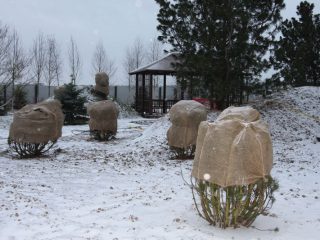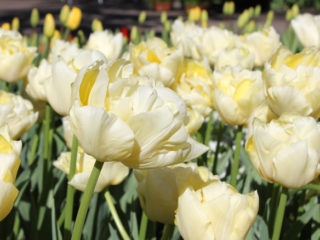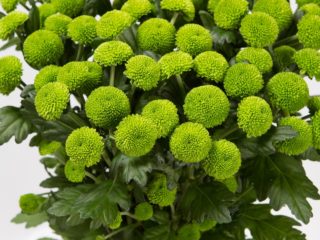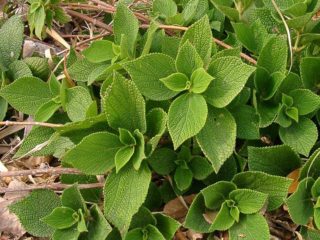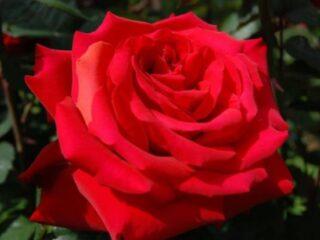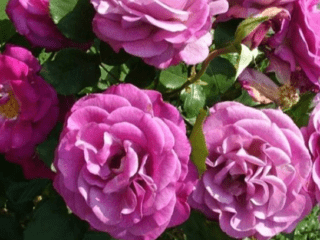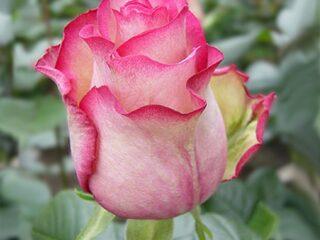Content
Forcing bulbs to a certain date is very popular. After all, this makes it possible to get beautiful flowering plants for the holiday. Hyacinths are especially popular. Because these bulbous flowers bloom luxuriantly and exude a pleasant aroma, which is especially pleasing when it’s still cold and snowing outside. But not all flower growers know how to preserve hyacinth in a pot after flowering, because the plant is weakened by forcing. Therefore, you need to familiarize yourself with what is recommended to do in this case.
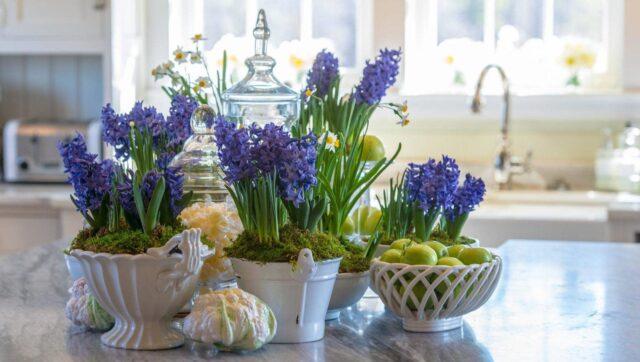
Hyacinth after flowering in the house requires especially careful care
How to care for hyacinth after flowering
In Europe, it is believed that bulbs that were used for forcing are disposable and must be disposed of. However, if desired, hyacinths can be restored. But for this it is recommended to organize proper care, and then after a while they will again delight you with flowering.
How to prune hyacinth after flowering
After forcing, hyacinth remains viable and can even grow babies. However, after flowering it begins a period of rest, but the transition should be smooth and gradual.This will eliminate stress on the plant, which can cause its death. Therefore, after flowering, it is necessary to organize proper care in the house. To do this, you need to continue to moderately water the plant. Between moistening, the top layer of soil must have time to dry out so that its underground part does not rot.
It is also recommended to prune the hyacinth when it has already bloomed, which is also one of the rules of care. Only the withered peduncle must be removed. This must be done before seeds begin to form on it, so that the plant does not waste its energy. It is recommended to cut off the top of the peduncle at a height of 10-15 cm.
The leaves of the plant cannot be removed. After all, the underground part of the hyacinth, like all bulbous plants, receives nutrition from them. The longer the plates remain green after forcing, which proper care will help with, the faster the recovery process will go. Therefore, it is recommended to keep hyacinths in a bright place at a temperature no higher than +15 °C.
With proper care, you can remove the leaf rosette only when it turns yellow and dries naturally. In this case, it must be cut off at the base. It is also recommended to stop watering completely.
Digging and storing bulbs
Indoor hyacinth after flowering, when its leaves are completely dry, must be carefully removed from the container. This usually happens at the end of May, if all care features have been followed.
You can do something different with hyacinths that have faded at home.This method is more labor-intensive, but it allows you to significantly extend the growing season of the plant, which will speed up the restoration of the crop and allow it to grow more children. In this case, caring for the crop is somewhat different.
Initially, it is recommended to transplant the hyacinth after removing the peduncle into a larger pot or open ground, if weather conditions permit. After all, containers of small diameter are usually used for forcing bulbs, which inhibits their growth after flowering. And replanting allows hyacinths to significantly improve their life potential. Also, care after flowering involves feeding 10-12 days after the procedure. In this case, it is recommended to fertilize the plants with 25 g of superphosphate and 20 g of potassium sulfide per 10 liters of water. Then hyacinths should gradually prepare for a period of rest. And after the leaves dry out, dig up the bulbs.
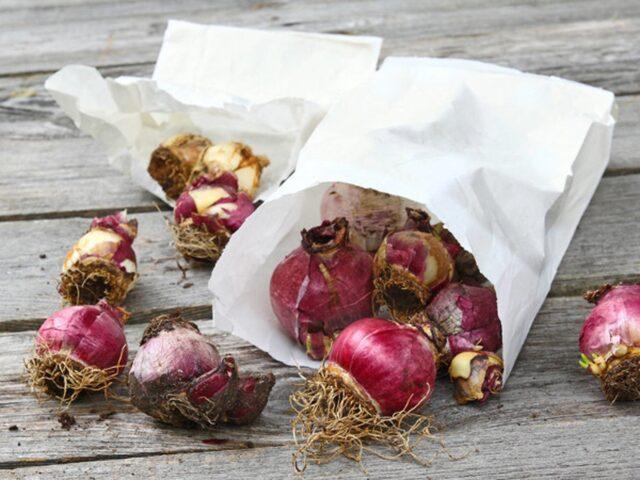
The storage period for hyacinths is 95 days.
The storage process is a critical stage for the successful cultivation of bulbous plants in the future. After all, it is during this period that the laying of future flower stalks occurs. However, depending on the stage of their formation, the conditions of care may differ. Therefore, it is important to strictly adhere to the rules for the step-by-step storage of hyacinths and follow all recommendations.
After digging, planting material needs special care. First of all, it must be dried at a temperature of +20 °C for 5-7 days. To do this, you need to lay them out in one layer in a dark, well-ventilated place. After the time has passed, carefully clean the bulbs from any remaining soil and soak them in Maxim’s solution for half an hour. Then dry them again for two days.
After this, it is recommended to put the planting material in cardboard boxes or boxes, but not more than in two layers.If you have a small number of bulbs, it is better to store them in a paper bag. Further conservation of hyacinths after flowering in the house includes two main stages. The first involves keeping planting material at a temperature of +25-26 °C for two months. If it is necessary to shorten this stage by a week, you need to increase the maintenance regime to +30 °C.
In the future, it is recommended to store the bulbs at a temperature of +17-18 °C. The duration of the second stage of storage in this mode is a month. To successfully save planting material during this period, it is necessary to control air humidity. It shouldn't be too low. Otherwise, the bulbs will dry out.
Planting in a new container or in open ground
In autumn, after flowering in the house, hyacinths must be planted in open ground or a new pot. When choosing the first option, it is better to plant before frost, burying the plant 10 cm into the soil. The optimal period for this is the end of September, beginning of October.
It is not recommended to rush planting, otherwise the hyacinths will not only take root, but also begin to grow. And this will lead to their freezing in winter. During the procedure, it is necessary to pour a 2 cm thick layer of sand onto the bottom of the hole to prevent moisture stagnation. After this, place the bulb in the center, sprinkle it with soil, compact the surface of the soil, water moderately and mulch the soil with humus.
When planting hyacinths in a container, you need to select a pot with a diameter of 9-12 cm. In this case, they should be 2/3 immersed in the soil. After this, you need to organize cold keeping, since in open ground it occurs naturally.The cooling period is eight weeks for early varieties and ten weeks for late varieties. During this time, plants should be kept in the dark and without watering.
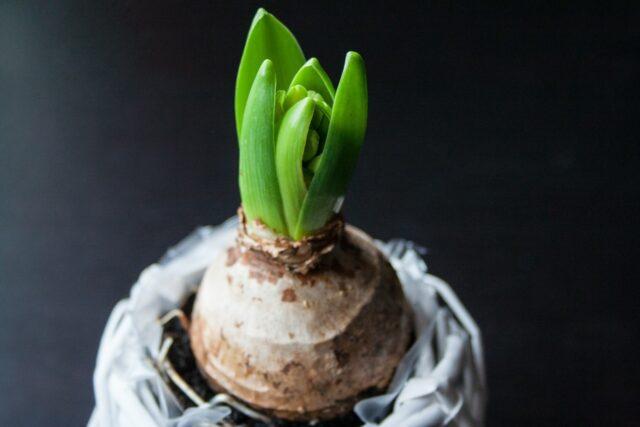
Without a cooling period, the crop gradually depletes
Recommended temperature for keeping hyacinths:
- the first two weeks - 9-11 ° C;
- before sprouts appear - 7-9 °C;
- in the future no higher than - 5 °C.
If it is necessary to slow down the development of hyacinth at the initial stage of the cooling period, it is recommended to reduce the temperature by 2 °C. It is necessary to increase the hyacinth maintenance regime when the flower cone appears from the bulb. And then you should stick to standard care.
Is it possible to leave the bulbs in the ground?
After flowering, faded hyacinths need rest. Therefore, at the end of the growing season, their absorbent roots and leaves die off. During this period, the plant becomes extremely sensitive to moisture, which can cause death. Therefore, drying the bulbs is recommended for their successful storage. And if you leave them on the ground, the likelihood of hyacinths dying increases. After all, the conditions will differ radically from the cultural requirements.
What to do with children
When growing hyacinths at home after flowering, with proper care, children grow at the bottom. They need to be separated and planted in a container. It is recommended to grow children for 4-5 years, until they increase to a certain diameter. They need careful care, because in the first years they gain weight, but do not bloom.
Children can also be planted in open ground. In this case, the planting depth should be half that of adult bulbs and be 5 cm.After this, the soil needs to be compacted and mulched with humus.
Will hyacinth bloom next season?
Usually, after flowering in the house, hyacinths require a fairly long recovery period and care taking into account the requirements of the culture. After all, forcing is a lot of stress for hyacinths. And the next year, in most cases, they rest. And they bloom fully only after one season. However, by following the rules of crop care, you can speed up the recovery process.
Conclusion
Hyacinth in a pot after flowering can be preserved if everything is done correctly. However, it is worth understanding that after forcing, caring for the plant should be especially careful. After all, flowering bulbs ahead of schedule disrupts their life cycle, which leads to significant weakening. Therefore, you need to try to prolong the growing season as much as possible, and then ensure proper storage of the bulbs, taking into account the requirements of the crop.
